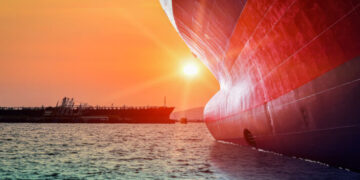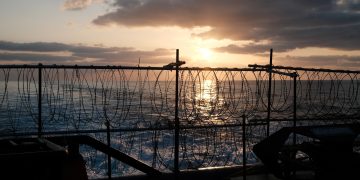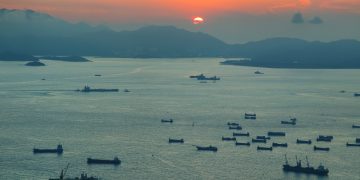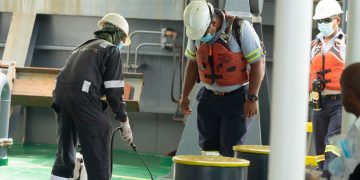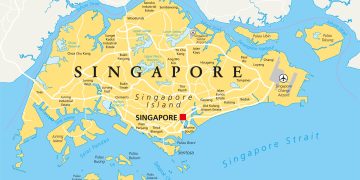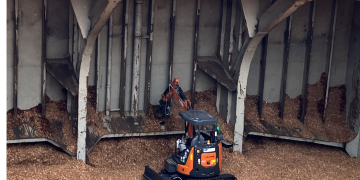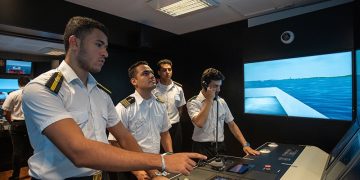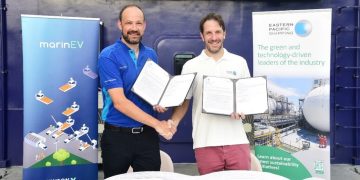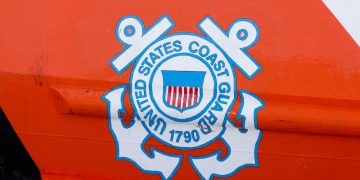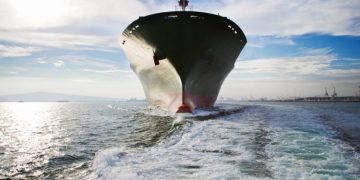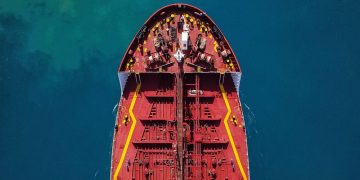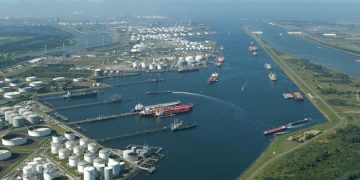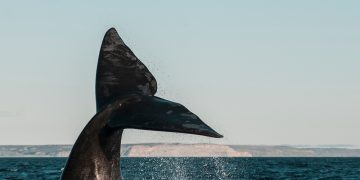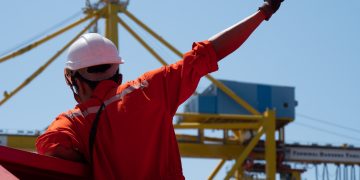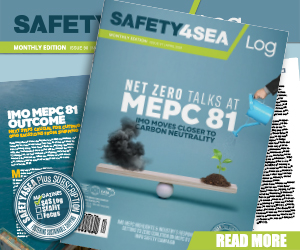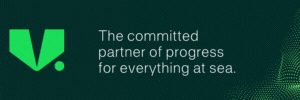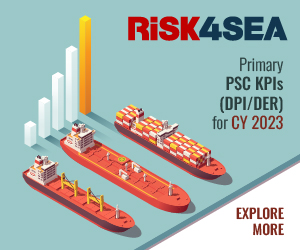On its most recent “Good Catch” – a series where the American Club provides valuable lessons learned from incidents – the Club refers to case in which the use of inadequate bollards caused a passenger vessel to hit and damage a cement carrier.
The incident
On its first visit to a port, a passenger vessel was moored when a sudden squall and wind change pushed the vessel away from the dock.
The force from 45 knot winds on the stern quarter of the passenger vessel caused several bollards on the dock to fail.
The stern of the passenger vessel then swung away from the dock which caused additional bollards to fail.
As it swung, the passenger vessel made contact and damaged a cement carrier that was moored nearby.
“The crew’s quick actions to energize both stern thrusters reduced the collision’s impact, but could not prevent it,” said the American Club.
Probable cause
Shortly after the allision, main propulsion became available and the vessel was able to hold its position. When the wind subsided, the passenger vessel was able to return to the dock with the assistance of 2 tugs. The investigation determined that:
Several bollards failed because of the insufficient way they were fastened to the wharf.
- Other bollards failed because of the inadequate dock structure under the bollards.
- All of the bollards that failed did so well below the breaking strength of the mooring lines and vessel’s mooring system.
- The port did not know the actual safe working loads of the various bollards.
- The port procedures for mooring had not been followed. Specifically, several bollards had more than one mooring vessel line secured to them, contrary to the requirements.
- Neither the vessel nor the vessel’s operating company had conducted a wharf suitability assessment in advance. They had relied on the vessel’s agent to determine the berth’s suitability, but the agent had been primarily focused on the numerous commercial details of the port visit.
- There had been a previous incident of bollard failure at that berth and engineering assessments conducted prior to this incident indicated serious concerns about the structural integrity of the berth.
The passenger vessel sustained damage to the side shell above the waterline. Temporary repairs had to be made including the addition of several steel brackets.
The side shell of the cement carrier was damaged both above and below the waterline. A ballast tank was punctured and ballast water drained into the harbor.
Lessons learned
- The Master should always request details on the safe working loads for the bollards at the intended berth in advance. The adequacy of the berth and the specific mooring arrangement should be discussed and agreed by the Master and pilot during their exchange.
- Port and terminal procedures for mooring should also be requested well ahead of the vessel’s arrival.
- The ship’s pilot and local agent should have good working knowledge of the assigned berth. The Master should seek information and recommendations from the pilot and agent concerning the berth mooring arrangements along with any special precautions to be taken.
- If information about the berth mooring arrangements and the type and safe working loads of the bollards is not made available, the Master should contact the vessel operating company to review and consider alternatives.
- The Master should carefully inspect the mooring bollards once the vessel is secured and report any concerns or deficiencies to the terminal and the vessel owners. If necessary, the Master should request that a more suitable berth be provided.




